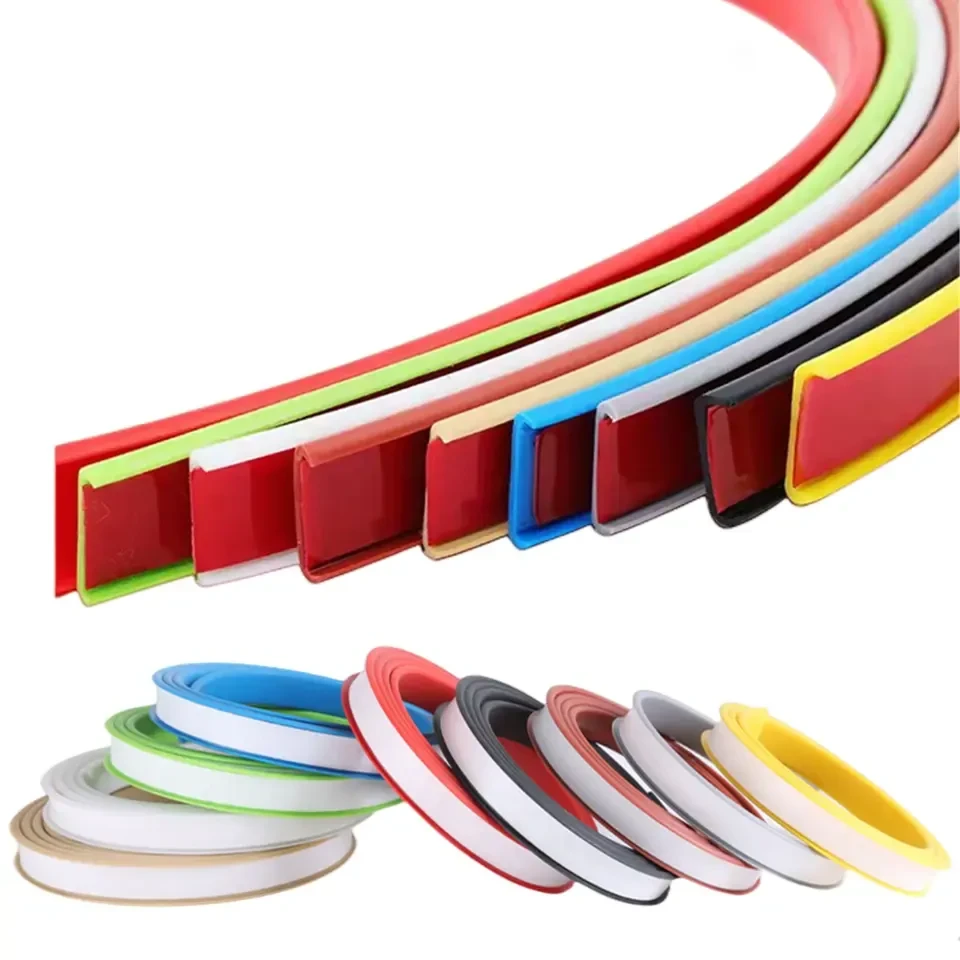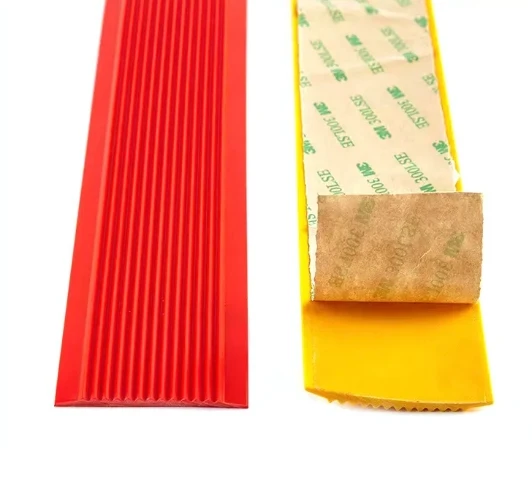Telephone: +8618730949119
E-mail: 1299343081@qq.com
Jan . 29, 2025 04:33
Back to list
car door weather stripping
Car door weather stripping is an essential component for maintaining vehicle comfort and protection. Its primary purpose is to create a seal between the car door and its frame, ensuring that water, wind, and noise stay out. This article explores the intricacies of car door weather stripping, encompassing its design, benefits, maintenance, and installation tips to guide you through an informed decision-making process when upgrading or replacing the weather stripping in your vehicle.
When it comes to replacement, consider it an investment in your vehicle’s longevity and your driving comfort. Replacing weather stripping is generally straightforward, but it does require attention to detail to ensure a proper seal. Begin by purchasing the correct product for your specific vehicle model, usually available from auto supply stores or directly from your vehicle manufacturer. The process typically involves removing the old stripping, cleaning the surface to remove any residue, and applying the new stripping in place with an adhesive designed for your specific material type. For those who relish a do-it-yourself project, installing weather stripping doesn't require extensive technical skill, but precision is crucial. Before starting, gather all the necessary tools, including a scraper for removing old adhesive, cleaning cloth, isopropyl alcohol for surface preparation, and weather-stripping adhesive. Carefully follow the manufacturer's instructions, ensuring that you align the new weather stripping accurately against the car's frame to avoid any gaps which could lead to leaks. However, if you’re unsure or if the process seems daunting, consulting with a professional might be the best route. An expert can ensure that the installation is handled correctly, potentially saving you future inconvenience and costs related to improper installation. Their experience and expertise allow them to operate with higher efficiency, spotting potential issues you might overlook. In conclusion, the need for effective car door weather stripping cannot be overstated—it plays a vital role in your vehicle's performance and your driving experience. By understanding its importance, keeping an eye on maintenance, and knowing when and how to replace it, you ensure that your vehicle remains a comfortable, quiet, and dry environment. As with many components of vehicle maintenance, attention to detail and adherence to quality will pay dividends in the long run, ensuring that your daily commutes and long drives alike remain pleasurable and hassle-free.


When it comes to replacement, consider it an investment in your vehicle’s longevity and your driving comfort. Replacing weather stripping is generally straightforward, but it does require attention to detail to ensure a proper seal. Begin by purchasing the correct product for your specific vehicle model, usually available from auto supply stores or directly from your vehicle manufacturer. The process typically involves removing the old stripping, cleaning the surface to remove any residue, and applying the new stripping in place with an adhesive designed for your specific material type. For those who relish a do-it-yourself project, installing weather stripping doesn't require extensive technical skill, but precision is crucial. Before starting, gather all the necessary tools, including a scraper for removing old adhesive, cleaning cloth, isopropyl alcohol for surface preparation, and weather-stripping adhesive. Carefully follow the manufacturer's instructions, ensuring that you align the new weather stripping accurately against the car's frame to avoid any gaps which could lead to leaks. However, if you’re unsure or if the process seems daunting, consulting with a professional might be the best route. An expert can ensure that the installation is handled correctly, potentially saving you future inconvenience and costs related to improper installation. Their experience and expertise allow them to operate with higher efficiency, spotting potential issues you might overlook. In conclusion, the need for effective car door weather stripping cannot be overstated—it plays a vital role in your vehicle's performance and your driving experience. By understanding its importance, keeping an eye on maintenance, and knowing when and how to replace it, you ensure that your vehicle remains a comfortable, quiet, and dry environment. As with many components of vehicle maintenance, attention to detail and adherence to quality will pay dividends in the long run, ensuring that your daily commutes and long drives alike remain pleasurable and hassle-free.
Latest news
-
Under Door Draught Stopper: Essential ProtectionNewsJul.31,2025
-
Garage Door Seal and Weatherstrips for ProtectionNewsJul.31,2025
-
Edge Banding Tape for Perfect EdgesNewsJul.31,2025
-
Table Corner Guards and Wall Corner ProtectorsNewsJul.31,2025
-
Stair Nose Edging Trim and Tile Stair SolutionsNewsJul.31,2025
-
Truck Bed Rubber Mats for Pickup BedsNewsJul.31,2025
-
Window Weather Stripping for Noise ReductionNewsJul.29,2025